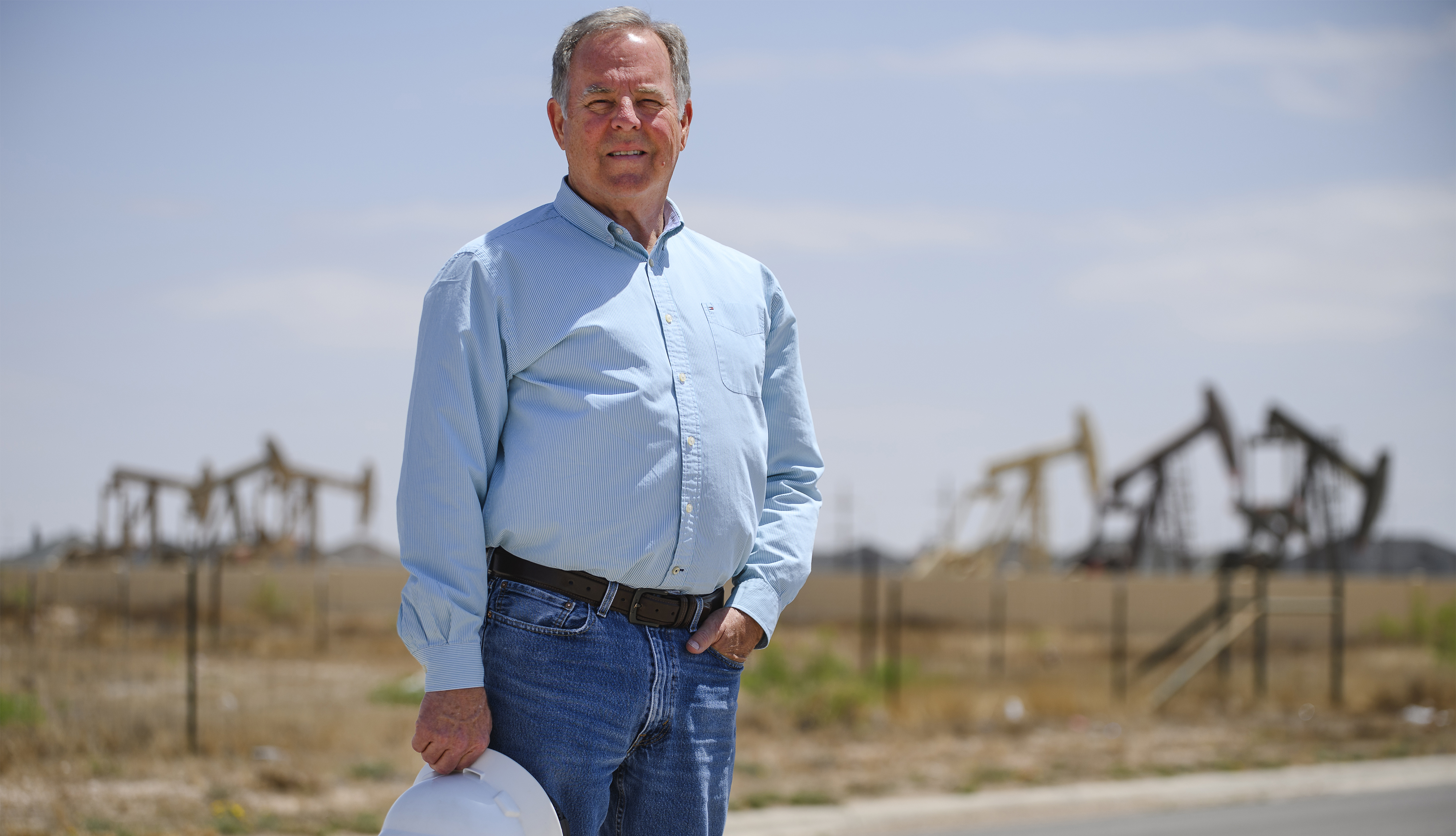AARP Hearing Center

As the coronavirus closed Texas classrooms, news reports of students doing homework while huddled in cars parked outside fast-food shops with public Wi-Fi were a stark reminder of the digital divide between those who have high-speed internet, otherwise known as broadband, at home and those who don't.
The effect of that gap on older adults—especially those in Texas’ vast rural areas—has been less obvious but no less real, says retired oil field equipment manufacturing company executive Kenny Scudder. As a member of both the Governor’s Broadband Development Council and the AARP Texas Executive Council, the 69-year-old Odessa resident is working to solve that problem.
Scudder refers to a map by Connected Nation Texas, an initiative in partnership with the nonprofit Texas Rural Funders, showing in green the areas that have high-speed internet.
“There’s a lot of dark green around the metro areas, but as you get into the rural areas—East Texas, West Texas, the Panhandle—you get a lot of non-coverage areas,” he says. When lower internet speeds are accounted for
as well, the problem is even more widespread. Connected Nation Texas estimates that just under 8 percent of Texas households— about 709,000—lack access to high-speed internet.
Connectivity For All
Now, however, the state is one step closer to expanding broadband access. Last year, with the support of AARP, lawmakers passed a bill to create the Texas Broadband Development Office.
In June, the office will issue a report on the state’s high-speed internet shortfalls and outline long-term goals and solutions.
“Texas was one of only six states that did not have a broadband plan and one of a handful that didn’t have a broadband office,” says Tim Morstad, associate state director for AARP Texas. The office will coordinate efforts and make sure the state is competitive for federal funding. “There’s a bunch of money com- ing down,” Morstad says.
The Biden administration made broadband expansion a priority in its infrastructure and COVID-19 stimulus bills, both passed in 2021, committing at least $600 million to Texas high- speed internet projects over the next five years.
Increasing access will take a combination of wider availability, affordability and training, giving people the know-how to take advantage of what broad- band can do, Morstad says.
Given the shortage of medical facilities in rural areas, older adults in the state’s small towns and less-populated areas would benefit from higher internet speeds, which are needed for telehealth services.
The availability of broadband expands educational access and boosts economic development. It opens opportunities to work remotely, allowing people to live where they choose even if their job is elsewhere.
Many states that have been successful in expanding access have used public-private partnerships to build out networks, Scudder says. Putting infrastructure in place is expensive, given that fiber-optic cable costs an average of $27,000 per mile.
“The big challenge in Texas is just the vastness,” he says. “It’s hard to talk to a company about stringing 60 miles of fiber-optic cable for four customers.”
With all the funding being committed, he says, it’s likely that there will be money to run land-based broadband service to rural school districts or county seats and have connections to individual homes and devices go from there.
“And there’s the matter of social isolation,” Scudder adds. “With broadband, you can attend church services online or connect with your grandchildren.”
Tom Korosec is a writer living in Dallas.
For More on Advocacy































































